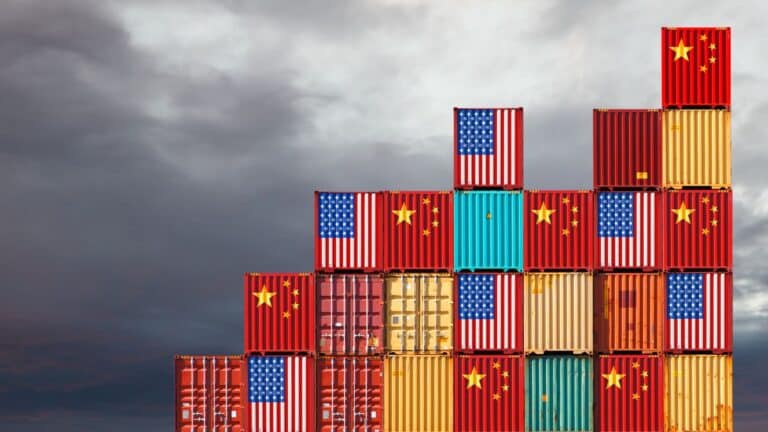The US led the world to reach a huge climate deal. Then, it switched sides.
Ten years after nations adopted the Paris Agreement, its objectives are in jeopardy amid rising climate pollution and a political backlash against clean
Current Access Level “I” – ID Only: CUID holders, alumni, and approved guests only
Reports by Ilan Goldenberg, Jessica Schwed & Kaleigh Thomas • November 21, 2019
This report represents the research and views of the author. It does not necessarily represent the views of the Center on Global Energy Policy. The piece may be subject to further revision. Contributions to SIPA for the benefit of CGEP are general use gifts, which gives the Center discretion in how it allocates these funds. More information is available at Our Partners. Rare cases of sponsored projects are clearly indicated. For a full list of financial supporters of the Center on Global Energy Policy at Columbia University SIPA, please visit our website at Our Partners. See below a list of members that are currently in CGEP’s Visionary Annual Circle.
(This list is updated periodically)
Occidental Petroleum Corporation
In recent months, Iran has responded to rising tensions with the United States—particularly the US launch of the “maximum pressure” campaign against Iran—by attacking oil tankers and infrastructure in the Persian Gulf region around the Strait of Hormuz (the Strait). These actions have been designed to signal to the United States, the Gulf states, and the international community that the American strategy of strangling Iran economically will not be cost-free, and to Saudi Arabia in particular that it is highly vulnerable to Iranian retaliation.
As the Strait of Hormuz is one of the world’s most critical energy chokepoints, the implications of Iran’s efforts merit close scrutiny and analysis. This study was designed to examine three scenarios for military conflict between Iran and the United States and assess the potential impacts on global oil prices—as one specific representation of the immediate economic impact of conflict—as well as broader strategic implications. The three scenarios are:
Its main conclusions are:
Though these conclusions are to some extent comforting, the authors acknowledge that a key issue with any analysis of this situation is the unpredictability of the United States. In the present moment, neither US adversaries nor partners know quite what to expect—and, for that matter, neither does the US government or its observers.
As the host of COP30, Brazil has an unprecedented platform to demonstrate its climate leadership.

The global clean energy economy today looks starkly different than it did even 10 years ago. Not only have production and deployment of clean energy technologies expanded significantly, the geographic distribution of clean energy manufacturers, resellers, and end-users has shifted dramatically.

Throughout much of the modern era, limiting or disrupting the flow of energy was a highly effective tool of global power.

Full report
Reports by Ilan Goldenberg, Jessica Schwed & Kaleigh Thomas • November 21, 2019